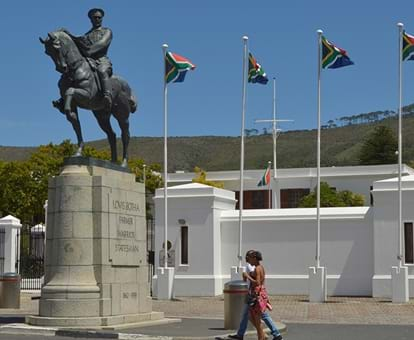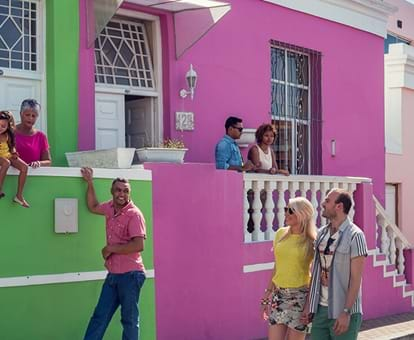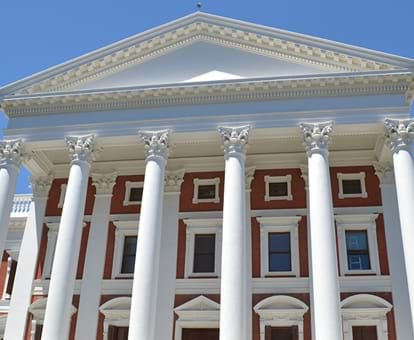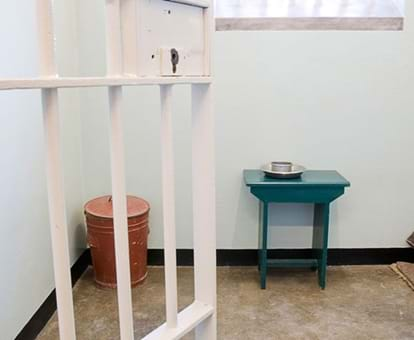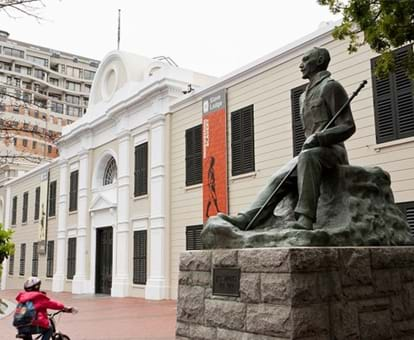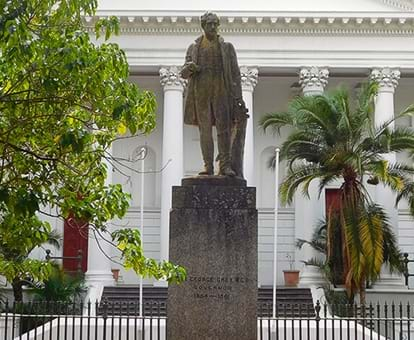By creating an account, I agree to the
Terms of service and Privacy policy
Choose your country and language:
Africa
Americas
Asia Pacific
Europe
OOriginally known as the Cape of Storms, this tumultuous corner of Southern Africa has a history that will leave you feeling moved and enriched.
Communities of people had lived in the Cape region long before the beginning of the Christian era, surviving by hunting, fishing and gathering edible plants and roots. They were the ancestors of the Khoisan people of the modern time - the Bushmen - known as the San the Khoikhoi. They were hunter-gatherers who lived in small, loosely knit groups, highly mobile on account of their dependence on game, therefore also widely dispersed.
Before the Dutch came to the Cape the Bushmen conducted trade with their Bantu-speaking neighbours in cattle and, to a lesser extent, iron and copper. After the arrival of men from Europe, they traded their cattle for tobacco and began to act as brokers in developing trade between the Europeans and the Xhosa tribes to the east.
In 1487, the Portuguese sailor Bartholomeus Dias set out to find a sea route to the East. Sailing along the west coast of Africa, his ships encountered a terrible storm, which drove them out to sea and away from the coast. Once the storm had passed they resumed their journey in an easterly direction, expecting to reach the coast. After a number of days' sailing without any sign of land, they changed direction and headed north, eventually landing at the mouth of the Gouritz River on the east coast of Africa on 3 February 1488. Dias and his crew were the first Europeans on record to round the Cape, albeit unwittingly.
TThe Castle of Good Hope, a sea fortress built by Dutch settlers is a prime example of a “star fort” and was built between 1666 and 1679 by the Dutch East India Company. It’s the oldest existing colonial building in South Africa. Its position marks the original shoreline before years of land reclamation changed the Table Bay coastline.
FFrom there, head to the Company Gardens, where the original storehouse was built in the late 1600s to house fruit and water for passing ships, it was later converted into a home and is known as Groote Schuur (translated from Afrikaans to mean Big Shed). It was also the site for the signing of the historic "Groote Schuur Minute" between Nelson Mandela and F.W. De Klerk, the then President of South Africa, on 4 May 1990.
In this area you can also explore the cobbled Government Avenue, where you will see historic buildings such as Tuynhuys, the Cape residence of the State President and the South African Museum.
In keeping with this type of atmosphere, the Dutch East India Company built a slave lodge next door to the gardens. The former Slave Lodge on Church Square was built in 1679 to house thousands of slaves. This museum is open to the public for a minimal fee. Many of the slaves were from Malaya and settled in Bo-Kaap. Today you can visit the colourful terraced homes in the area, taste the local food, and listen to the fascinating stories. As Malay people are Muslim, the call to prayer can be heard at sunrise and sunset.
WWithin the city, you will often see areas that look like scars – empty blocks between big buildings. Forced removals during Apartheid affected local communities. To understand the devastation behind the removals, the District Six Museum traces the journey – and tries to make sense of what is happening now as Cape Town becomes gentrified once again.
For a taste of today’s vibrant culture and to see how communities have readjusted since 1994, tours to the townships take you to see history in the making. Originally areas that people were sent to, the townships are now home for hundreds of thousands. While there, visit arts and crafts centres, see how sustainable development is changing lives, and enjoy a traditional street braai (barbeque).
No trip to Cape Town is complete without a visit to Robben Island, one of the most famous prisons in the world. During Apartheid, many of South Africa’s freedom fighters were sent here, including Nelson Mandela. The island has an eerie quality with its wheeling gulls, limestone pits, belching seals and scrubby flora. The museum tour is presented by ex-inmates, making this World Heritage Site one of the most affecting you will ever experience.
Related articles

